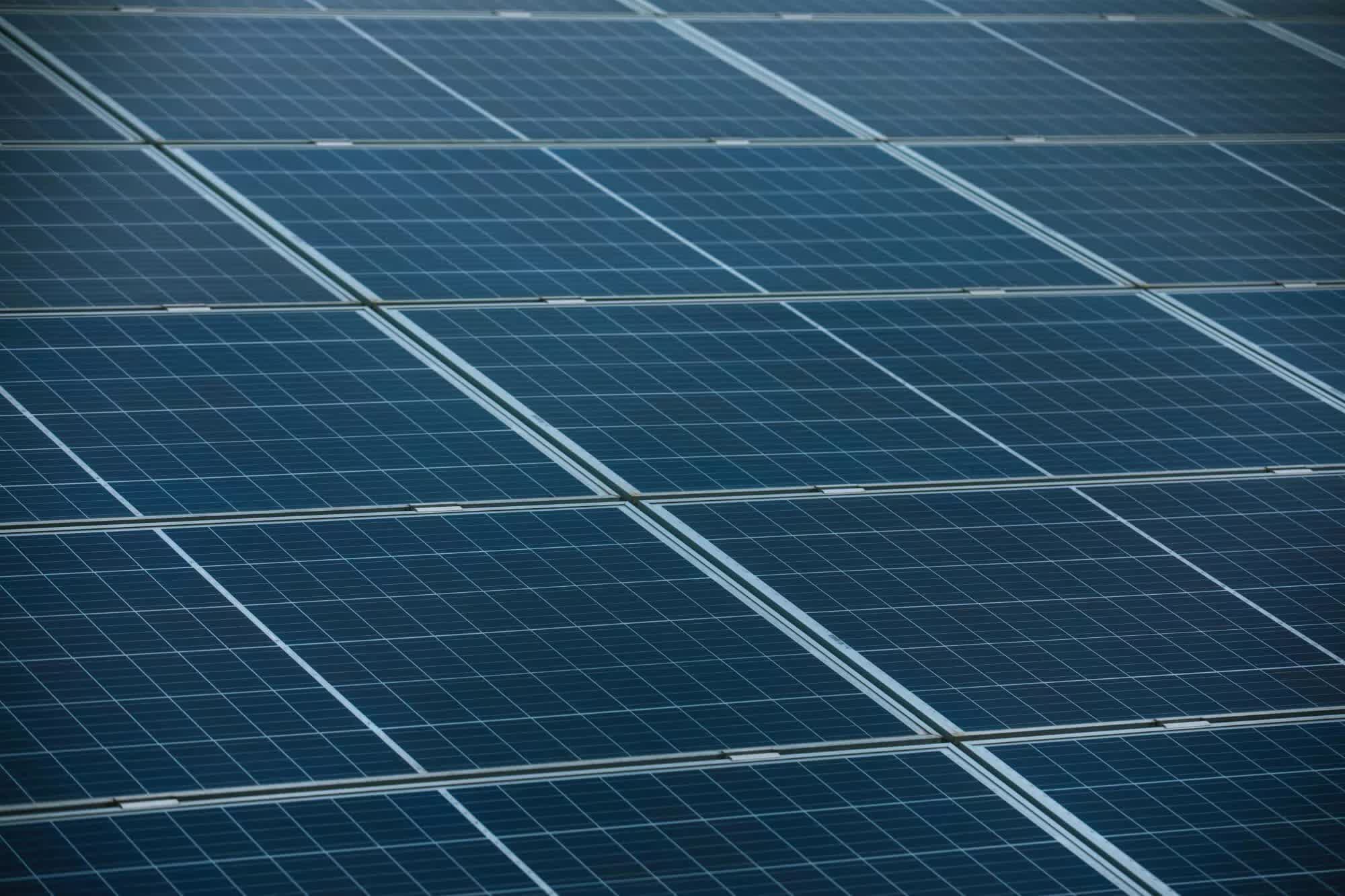Why it matters: Solar panels are engineered to endure for decades, boasting an estimated operational lifespan of 20 to 40 years. However, their efficiency and power generation capabilities will diminish over time. Interestingly, a recent extensive test in France presents an optimistic perspective on the longevity of solar panels in real-world conditions.
Back in 1992, Hespul, a nonprofit renewable energy association located in Lyon, France, connected a small 1-kilowatt solar array named Phébus 1 to the French grid. More than 30 years later, that very installation continues to generate power. After disassembling the vintage 10 square meter array last year, technicians subjected the panels to stringent lab testing according to international standards and discovered remarkable results.
An average of 79.5 percent of the initial rated power output was still being produced after 31 years of operation. Solar panel manufacturers typically guarantee only 80 percent of the original performance for up to 25 years. Phébus 1 surpassed that metric, with an average annual decline of just 0.66 percent over its 31-year lifespan.
For instance, on the installation’s 20th anniversary in 2012, the panels were still delivering 91.7 percent of their rated output. Although the decline has accelerated somewhat in more recent years for a portion of the modules, after 31 years, the modules have generated 20,366 kWh for 882 Wp, or 745 kWh/kWp/year.

“These results confirm those of various scientific studies that are references on the subject,” Hespul states.
The association references a long-term Swiss study and recent American and European research indicating median solar panel degradation rates ranging from 0.36 to 0.75 percent annually. So, while performance declines over time are unavoidable, this real-world data demonstrates that solar installations can continue operating for several decades at highly effective performance levels.
This durability bodes well for residential rooftop arrays and the broader shift towards cleaner electricity generation sources.
A report from Ember, an independent global energy think tank, also offers encouraging news. The organization’s latest Global Electricity Review indicates that renewable sources like solar and wind reached new milestones in 2023, accounting for over a third of global electricity generation. Solar energy experienced a 23-percent year-over-year growth rate, while wind energy grew by 10 percent.